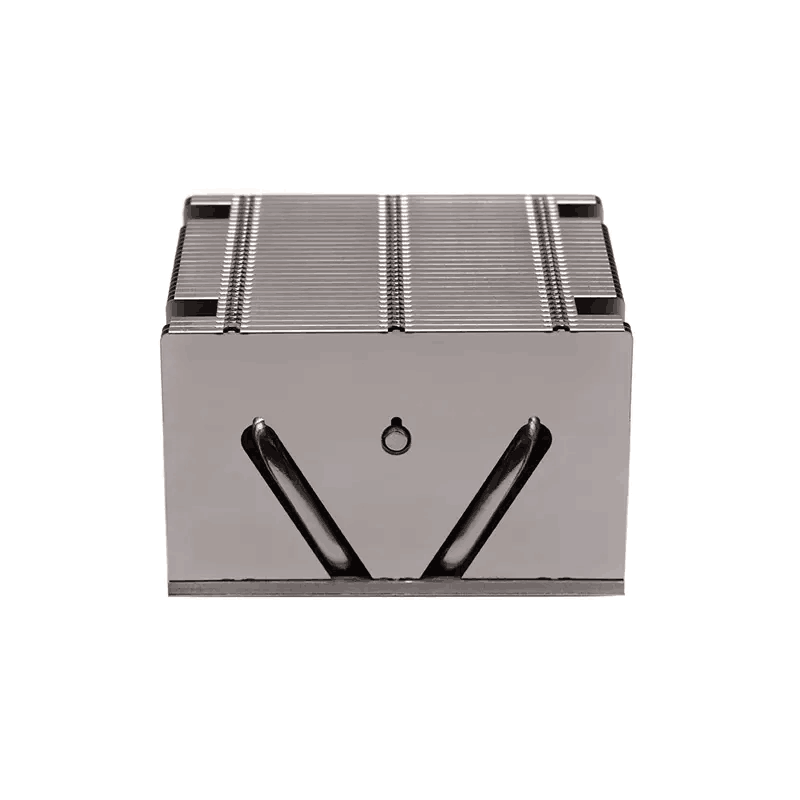BETTER TOUCH BETTER BUSINESS
Contact Sales at Lori.
Server cooling and ordinary cooling have the same principle, which is to transfer heat to the external environment through a heat sink. However, in practice, there are some differences between server cooling and ordinary cooling.
Firstly, the requirements for server cooling are higher. Since servers run at high loads for extended periods, they generate a large amount of heat. To ensure the stability and performance of the server, server cooling needs to have better heat dissipation to ensure that the server can run stably for long periods. In contrast, ordinary coolers are generally used for personal computers or electronic devices with lower workloads and less heat generation, so the cooling requirements are relatively lower.
Secondly, the design of server coolers is more complex. Since servers are typically integrated systems, whereas ordinary coolers are usually standalone components, server coolers need to consider the layout and cooling space of the entire system to ensure compatibility with other hardware and effective heat dissipation. Additionally, because servers are often deployed in data centers or concentrated spaces, the noise and size of the coolers also need to be controlled to avoid affecting the normal operation of the data center.
Thirdly, the cooling materials of server coolers are more optimized. To improve heat dissipation, server coolers typically use high thermal conductivity materials, such as copper or aluminum, with denser arrangements of fins and heat pipes to increase the surface area for cooling. Additionally, some server coolers use specialized cooling fluids or fan combinations to further enhance cooling efficiency.
Finally, the control of server coolers is more refined. Because the operating environment of servers is often complex and requires stable long-term operation, the cooling system needs to be able to respond promptly to changes in server load and automatically adjust the cooler’s operating state to ensure that the server's temperature remains within a safe range.
In summary, server cooling and ordinary cooling differ in terms of cooling effectiveness, design complexity, cooling materials, and control precision. Choosing the right cooler according to different application scenarios and needs is crucial for ensuring stable server operation and extending hardware lifespan.

Copyright © 2025 Shenzhen Lori Technology Co.,Ltd. | All Rights Reserved